Incognito: Episode One is the first video game created by Canadian company Magrathean Technologies. Magrathean typically works with web and Second Life development, API construction and other fancy stuff. With Incognito, they sought to combine multiple gaming genres, incorporating elements of RPG, FPS, RTS, vehicle simulation and space simulation; creating an “ultimate” game for all types of players. You’re right – that’s a very ambitious task to execute properly, especially for a first-time game under the helm of a tiny three-person development team.
I have had the pleasure of knowing the Magrathean boys for a few years now, and can honestly say they put forth a solid effort with everything they do. With that, I was excited to see how they tackled this project in a new frontier. What we have acquired with from Incognito is a game drawing inspiration from Red Alert, Deus Ex, Half Life, Bioshock, Galacta and who knows how many more. While not everything in the title comes together 100%, nothing is a complete failure, making it a strong first effort for a small indie team.
Specifications:
John Smith (generic name, you can choose your own) is a man in trouble. He’s lost everything he has in the Stock Market, his house is in danger of being washed away due to erosion. All he has is a life insurance policy. Depressed and despondent, he decides to end it all. Climbing to the top of his office building. A split second before he hits the ground, a wormhole opens up, and he vanishes! John awakens in a strange place. It’s clearly a high-tech world, but he can’t read any of the writing or understand the language he’s hearing. What’s going on; is he dead and in Hell?
Incognito is meant to deliver simplified versions of gameplay from different genres and bring them together into a game that’s epic in scale and requires different genre skills but is easy for the average hardcore gamer to jump into and play from beginning to end.
These genres change at each "zoom level" of the game:
When you’re on foot, it’s a First-Person Shooter with RPG elements
When you’re in your ship, it’s a Space Trading/Combat Simulation
When you’re in low orbit of a planet, it’s a Simple Real-Time Strategy Game
When you’re in your hovertank, it’s a Tank Combat Game
In order to progress through each Episode, you’ll have to conquer challenges at each level, gathering information on foot, exploring in your ship, landing on uninhabited planets and establishing bases, and on hostile planets, invading a planet’s surface defenses in the hovertank.
Minimum Processor: Pentium 4 2.8 GHz (3.2 GHz for Vista), Core 2.0 GHz (2.2 GHz for Vista), Athlon 2800+ (3200+ for Vista)
Recommended Processor: Core 2 Duo/Athlon X2 or better
Minimum RAM 1GB (1.5GB on Windows Vista)
Recommended RAM: 1.5GB
Minimum Video Card: GeForce 6800 GT, Radeon 9800 Pro (Radeon X800 Pro for Vista)
Recommended Video Card: NVIDIA 7800 Series, ATI Radeon 1800 Series or better Video Memory Minimum Video Memory: 256MB
Recommended Video memory: 512MB
Diskspace: 3GB
Sound: DirectX 9.0c Compatible
Operating System: Microsoft Windows XP or Vista
DirectX: DirectX 9.0c or DirectX 10
Installation on Vista is as simple as opening an .exe file and letting the self-installer do the work. It will generate a folder containing an external configuration file where you can change the defaults for the game’s controls and audio/video settings (can also be done in-game), the game itself and an uninstaller utility. For now, Incognito only runs on PC, but the Magrathean website says Mac OS and Linux versions are in the works. Hold back those tears.
When you fire up the game, the menu screen will present itself in luscious glory. It is a clever screen, designed to be your character’s office. You learn about his position as an investment banker, his supreme intellect, you get a chance to name him, hear about his coke habit, and watch him pencil-dive off the roof of his office building. Silly old man.
What, you’ve never played a game that begins with your character killing himself 30 seconds into the first video? Me neither. Point whatever fingers you want at the script or voice acting, neither of which are awful, and it’s a unique way to start a game. After your suicide, you wake up on a spaceship and learn that the ship’s artificial intelligence, H.E.I.D.I., brought you there to help her out and repair her ship. You have no choice – make the decision to call her a bitch and you instantly die.
Meandering about ship introduces you to all the aspects of the game: interacting with screens, piloting your ship, driving tanks, harvesting elements (based on the real periodic table, no less! No tiberium here!), eating food to heal, using a gun, relating to the world, and upgrading H.E.I.D.I.’s ship.
The graphics obviously aren’t spectacular. It’s a $10 indie game made by a three-man team, after all. But throwback graphics aren’t that big a deal if the game play is there. Regardless, by the point you reach the ship, you will likely have noticed some oddly long load times and jerkiness with the frame rate. Despite the graphics being 1997 PC caliber, the game suggests having a Core 2 Duo and Nvidia 7800 series to run. It’s inexplicably excessive. The copy of Quake 2 installed on my computer is ancient, has comparable but slightly better graphics than Incognito, and runs without hitch – yet I had a lot of difficulty with this title stuttering, slowing down and flat-out stopping once or twice. It took me a while to just get through the opening video.
Anyway, the best way to analyze the rest of the game is to look at each genre that it tries to tackle, and how well each of them performs. Since the first place you go is in your spaceship, let us commence there forthwith!
Traversing space is undemanding, as there is a search feature that allows you to see which planets and planetoids are out there, and indicators around them tell you to which rocks you have already travelled. That is handy, because all the planets pretty much look the same, and it can be a total butt to remember everything. Space travel really consists of nothing but moving from planet to planet in a plain atmosphere, so it gets boring, but fortunately it doesn’t take very long to move between locations.
Controlling the ship is both cool and awkward. The coolness comes from inertia and the physics involved. Get going real fast, and you won’t just be able to stop straight away thanks to the forward momentum. No space-bound airplanes in this game. Unfortunately, the viewpoints are odd. There is no full mouse-look option, so moving up and down is super clumsy and throws off your perspective. Space travel essentially uses 2D controls for a 3D environment, making it a bit arduous.
When you slam into a planet, you can scan it to see what elements are there, all sorts of info about the place, and receive news and trading info. This stuff all changes frequently, as the game is conscious of time. Trading is weird – for a long time you don’t have anything to trade, nor any knowledge about what are high/low prices because the game fails to guide you. On the cool side, planets can be experiencing things like drought and war, which have bearing on trade and what sort of activity is going on.
Sending a drone to a planet brings us to the RTS part of the game… though it’s really more RT, as there’s little S required. Most planetoids are empty, so you just build your stuff and harvest the elements you need while you sit there watching. Doing nothing. Often for quite a while. It can be a real numbing procedure gathering elements because of the lack of much else to do while there. If hostiles are on the planetoid, you build a factory and some tanks to take them out. Again, this is fairly easy and doesn’t require much strategy… you just sort of do it and get out. They do serve as a nice contrast to the action bits of the game, though…
Such as the FPS elements. This is fun, and fairly standard. The quibble players will have with the FPS, as well as the yet-mentioned tank simulations, is that the A.I. always knows where you are. They have the upper hand, never have to reload, and will in general find you before you find them. When they shoot, it hurts, and leaves you recurrently scant on health. But hey, that just means you can’t be a sissy and will have to develop some skill. Take off the skirt and reload, Nancy.
The tank sim is fun and the controls work very well. Again, the A.I. knows where you are, but you also have the ability to shoot your tank mortar as far as the eye can see; the enemy cannot. With that, you’re usually able to off them before they get close enough to fire more than one shot. You also get to eradicate ‘dust bunnies,’ which are these little anomalous spikey critters that creep up on you, blow up, and eat your tank armor like Triscuits. Sneaky dust bunnies.
My only real grumble with the tank combat portions is the sound effects – they’re entirely not loud enough. It’s like playing in mute. I’ve never been in an actual tank vs. tank battle, but I can imagine it’d be pretty loud. The rest of the sound effects in the game, aside from music, are a combination of original recordings and effects borrowed from other games.
Never lacking intelligence and education, the Magrathean team even puts a little linguistics lesson into this title in the form of computer hacking. You are presented with a scrambled cluster of letters and have to fashion words out of them to unlock doors. Some people will detest such a thing, but I thought it was clever, so hush.
And thus the bulk of the genre types have been summed up. They all boast flaws, but none are executed horribly, either. Each one will require further polishing before the assumedly inevitable Incognito: Episode Two is released if the sequel is to triumph.
One other shining spot in Incognito is the music. A blend of genres from upbeat techno to mellow strings, each suits the area and play at hand very well. Many of the tracks are original compositions, which is extra double sexy. My particular favorite song is the space navigation music; a chill guitar tune, reminiscent of the western-inspired space travel music from Firefly.
Conclusion:
Overall, while Incognito: Episode One often feels like an unfinished project that could use a lot more polish, it is a fun game. The structure constantly changes and keeps things going until the end, though the end does come a little too soon. My largest complaints are that the AI has an unfair intelligence, the UI needs tightened up, and the negligible graphics remain laggy with have unusually high system requirements to process, frequently leading to an uncomfortable experience.
Regardless of any of that, the title is a very grand first release from a very small company. I find it to be worth the paltry $10 price tag regardless of its issues. Plus, there is a demo you can try out and see for yourself if your perch remains rather fixed atop the fence of indecision.
Incognito: Episode One holds an profusion of potential, and if Magrathean continues to develop and improve on the imperfections of each included genre for the second episode, we’ll all be in for a treat. I’m going to rate this one high, but not too high, to push motivation on the guys to wow us with Episode Two.
Absolutely check it out, though. To download the demo, visit http://magrathean.ca/project/incognito. It will let you play half the game for free.
Pros:
+Ambitious multi-genre gameplay
+Wonderful music
+A lot of ingenuity and creativity throughout
+A commendable indie game made by 3 people
Cons:
-Long, dull element harvesting
-Graphical problems
-Each genre has something about it to fix
| Grades: | |
| Overall |  |
| Design |  |
| Performance |  |


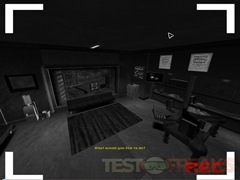

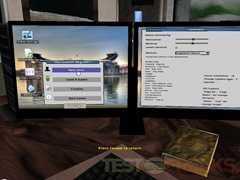
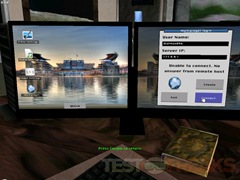
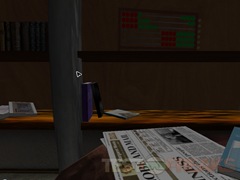
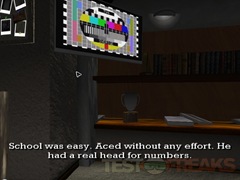
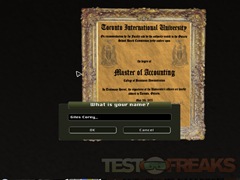
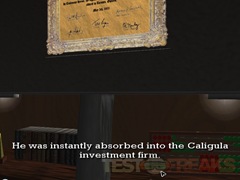
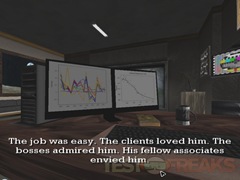


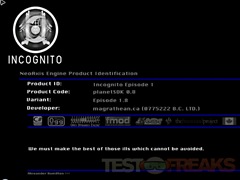



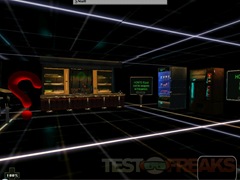
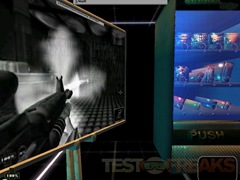
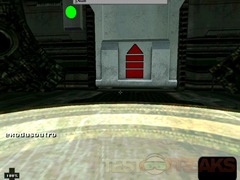
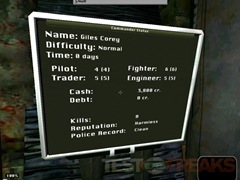

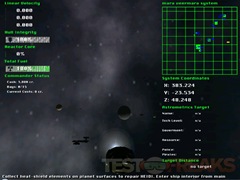
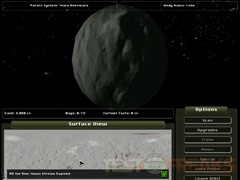
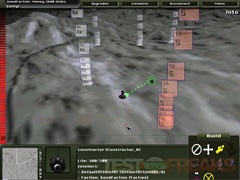
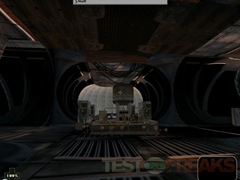
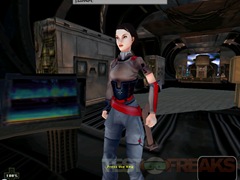
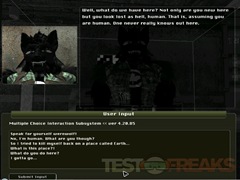
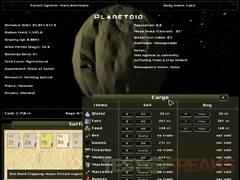
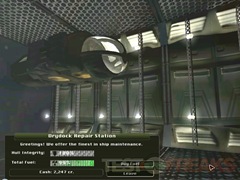
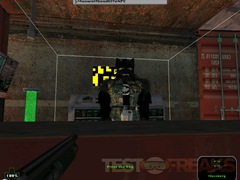
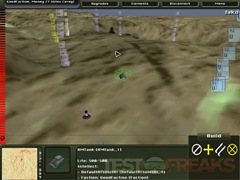
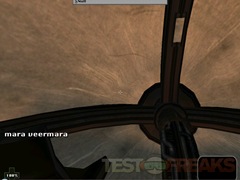
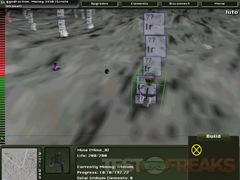
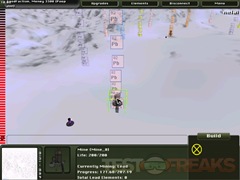
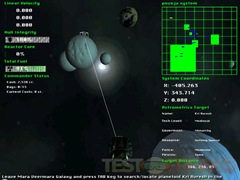
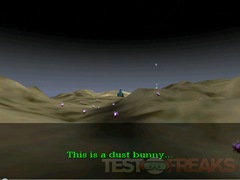
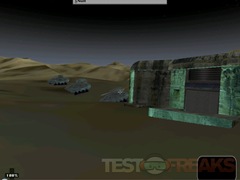
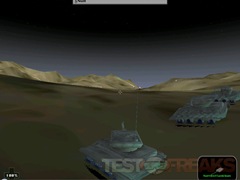
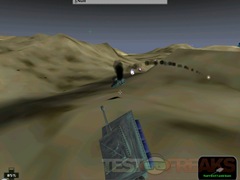
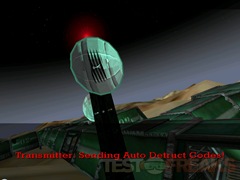
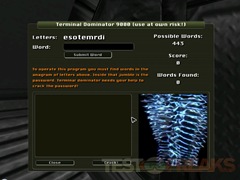
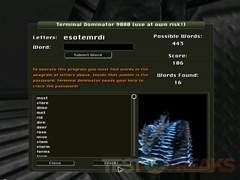
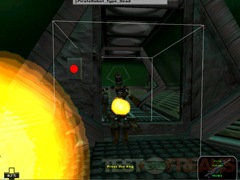
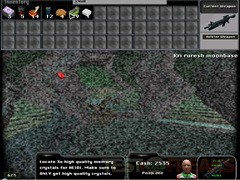
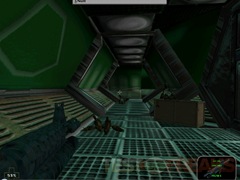
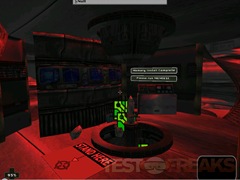

6 comments for “Incognito: Episode One”